Which section of Greater Los Angeles has the densest concentration of Jewish residents? The urban core, including Fairfax and Pico-Robertson? Maybe Beverly Hills and the Westside?
Try the Valley. More specifically, it’s the area demographers designate as Valley Hills, stretching from Studio City west to Sherman Oaks, Encino, Tarzana and Woodland Hills, clinging to the north face of the Santa Monica Mountains.
Of the affluent residents of Valley Hills, a surprising 48 percent are Jews, who lead all other areas in synagogue affiliation (43 percent), while ranking lowest in intermarriage (16 percent).
Although the San Fernando Valley is often seen as a cohesive geographical unit in many surveys, there are vast differences between the “Valley Hills” and the “Valley Flats.”The Jewish boundary line between the two entities fluctuates but is generally considered to run parallel and slightly north of the 101 Freeway.West Los Angeles is a close second to Valley Hills in the major categories, making the two expensive “golden ghettoes” the most Jewish in the city and country.
“People are willing to pay a premium to live with other Jews,” observed sociologist Bruce A. Phillips, a professor of Jewish communal service at Hebrew Union College-Jewish Institute of Religion.
(Architectural historian Reynar Banham has divided Los Angeles into four “ecologies,” which he designated as the “Surfburbia” coastal strip; “Autopia” for the San Fernando Valley; “Foothills,” including the canyons; and “Plains of Id” for the indistinguishable towns of the San Gabriel Valley and south of downtown.)
Such intriguing figures, and what they might portend for the future of the Jewish community and its institutions, were the focus of a recent lecture and discussion session at Valley Beth Shalom in Encino, sponsored by the Jewish Studies Program at Cal State Northridge.
CSUN geography professor James P. Allen and Phillips, both noted demographers, presented their recent research on the ethnic face of Los Angeles, with emphasis on the Jewish component.
The experts acknowledged two obstacles in arriving at accurate, up-to-date figures on the Jewish presence and life in Los Angeles.
First, federal law prohibits the U.S. Census from asking questions about respondents’ religion, so the 2000 census has been of little help.
Secondly, the last detailed study of the community by The Jewish Federation of Greater Los Angeles was conducted in 1996, so all figures on the constantly evolving population are at least 10 years old.
There are some ways of getting around the first restriction, said Allen, such as using U.S. census figures of Russian-born residents and extrapolating that 85 percent to 90 percent of these are Jewish. But the basic problem of obtaining hard current data remains.
Nevertheless, some broad trends can be discerned from the 1996 Federation survey and subsequent ministudies, which are of particular importance to future planning by synagogues and social service agencies, said Phillips in an interview.
Overall, Jewish immigration to Southern California from the East Coast and Midwest has slowed down during the past decade, said Phillips, raising the impact of immigrants from other countries in maintaining or increasing the size of the Jewish community here.
Demographers and large Los Angeles synagogues are keeping a particularly close eye on Jewish population shifts to the Santa Clarita Valley north of Los Angeles and to the Simi and Conejo valleys to the west, spilling over into Ventura County.
In the 1996 study, the Jewish presence was still quite marginal in the outlying valleys. By now, however, a solid Jewish core has been established, consisting largely of young couples and their families seeking affordable housing.
Phillips found a distinction in the 1996 study among Jews moving to the new areas, with Santa Clarita favored by Jews who had grown up in Los Angeles and Conejo by those who had come from other states.
Although the intermarriage rate has leveled off during the past decade, said Phillips, with many such couples resettling in Orange and Riverside counties, he believes that in the future, “all Jewish institutions will have to deal with this reality.”
On the ever popular and contested question of how many of the area’s 550,000 Jews are Israeli expatriates, Phillips comes down on the conservative side. He believes that the figure of 100,000 or more such expats, frequently cited by Israeli officials and media, is widely off the mark. He puts the number at about 26,000.
“According to the 2000 U.S. Census, only 14,000 L.A. County residents said they were born in Israel. Even if you add the 20,000 Russian-born residents and assume they all came by way of Israel, you still only get a total of 34,000,” he said.
“People always overestimate the number of blacks or illegal aliens in their communities,” he added. “The typical American thinks that the whole country is 25 percent Jewish.”
In Los Angeles, the last two comprehensive Jewish population studies were conducted in 1996 and 1979, but before that, The Federation organized such a census every 10 years.Phillips has just concluded a detailed Jewish population study for the San Francisco Bay area and noted that federations in many major U.S. cities are sticking to the one-every-decade schedule.
Information on these surveys is available from the North American Jewish Data Bank.
A detailed, professional community study doesn’t come cheaply, with Phillips estimating that the cost of conducting and publishing a new Los Angeles survey would run about $600,000.
“There are only three sources for such funding, The Jewish Federation, Jewish Community Foundation or a large private foundation,” Phillips said.
Federation spokeswoman Deborah Dragon said that a new Los Angeles population study was on the organization’s radar, and “we expect to do another demographic survey within the next two years.”
For more information, visit North American Jewish Data Bank at www.jewishdatabank.org.







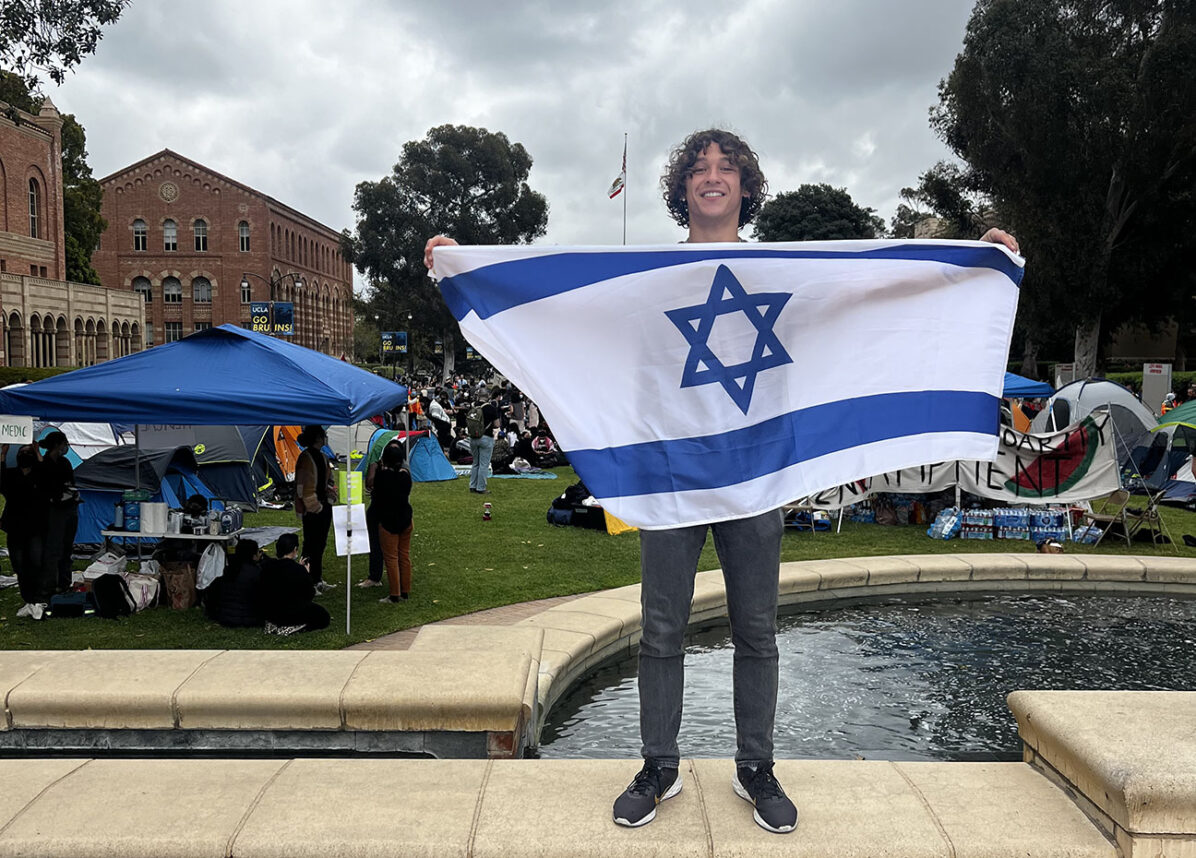
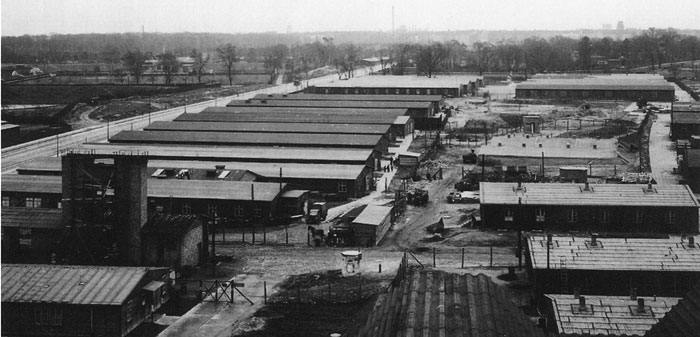
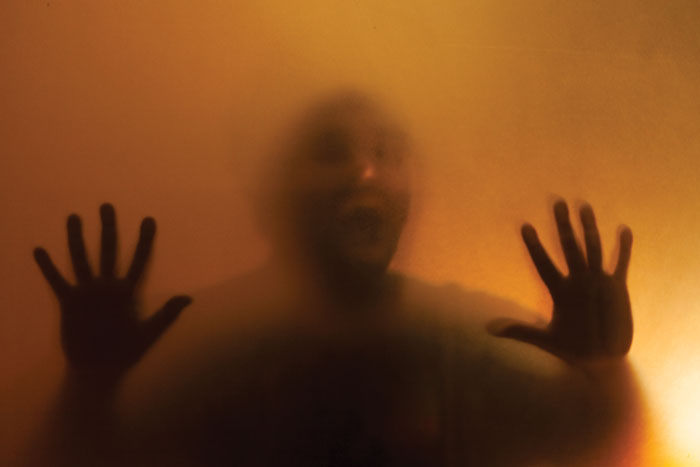
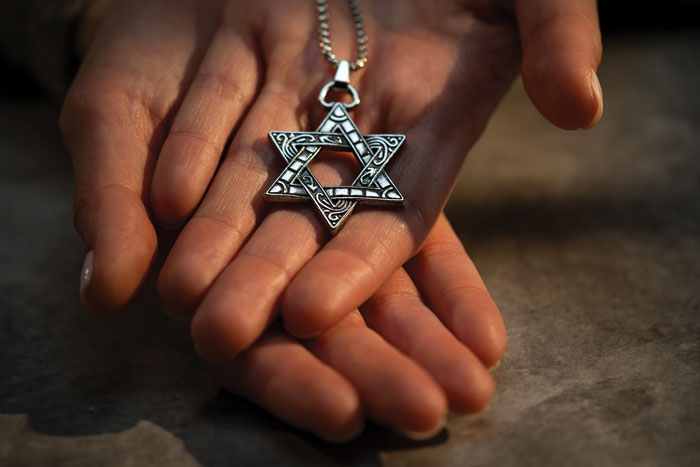

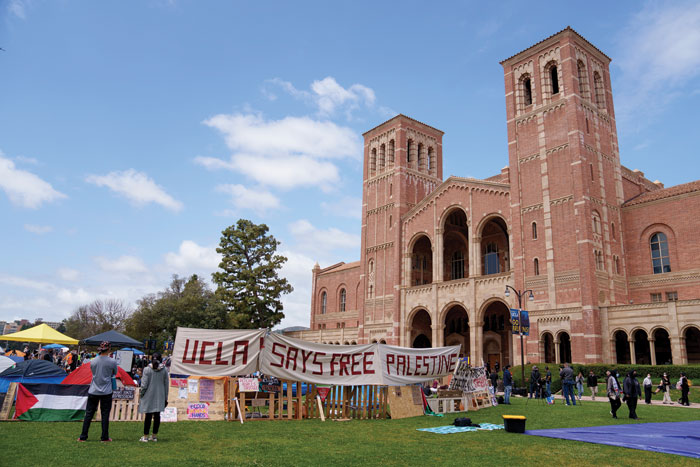


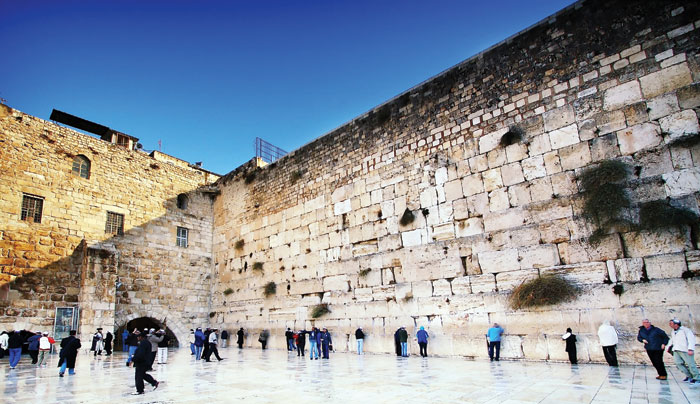
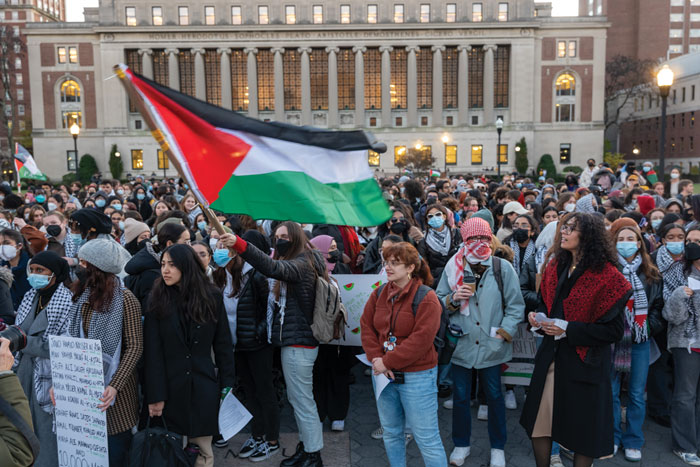
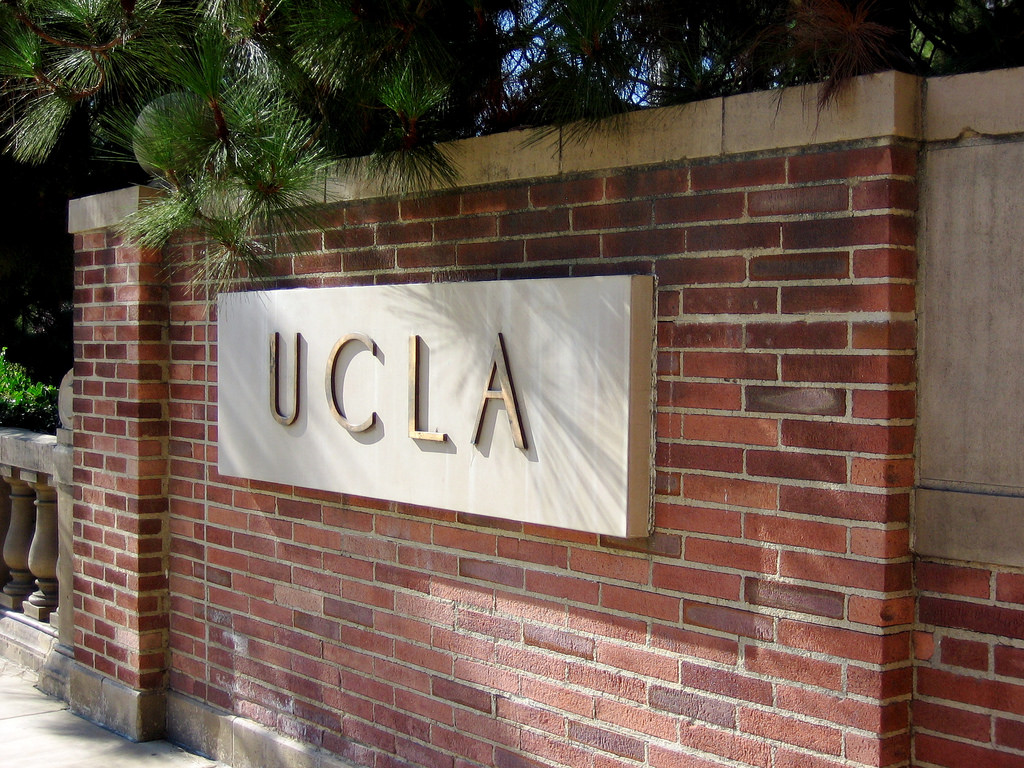





 More news and opinions than at a Shabbat dinner, right in your inbox.
More news and opinions than at a Shabbat dinner, right in your inbox.